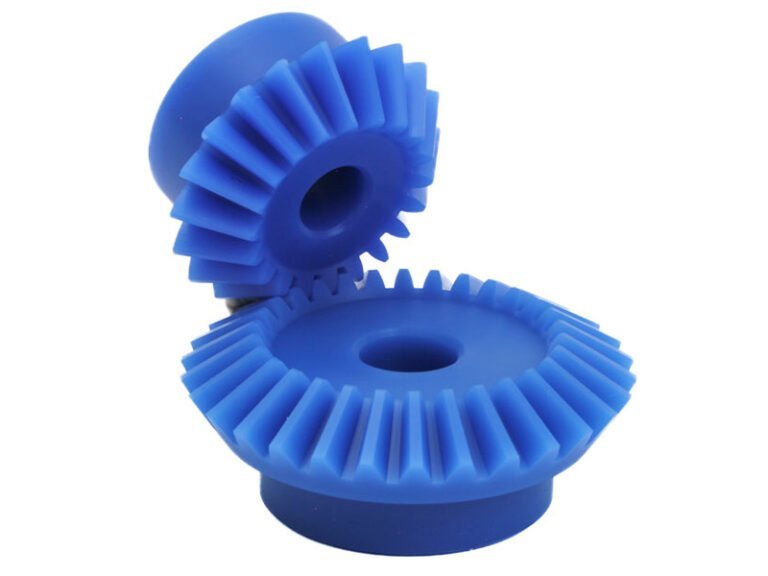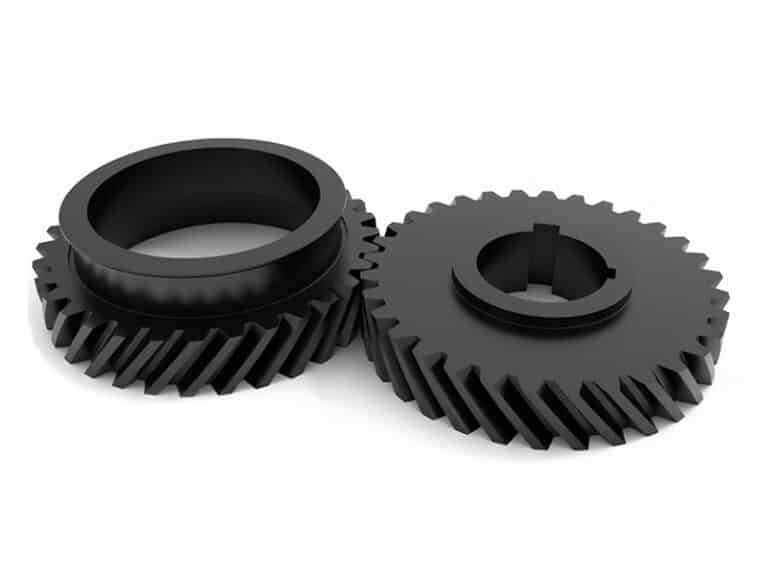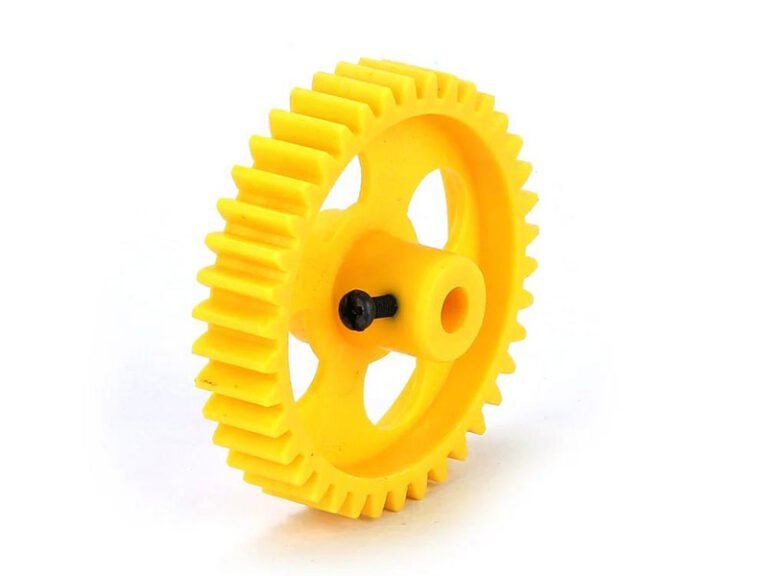Silicone gaskets ensure a high-performance car engine roaring to life without a drop of oil leaking, or a sterile medical device operating flawlessly under stringent conditions. These versatile sealing components, crafted from siloxane-based polymers, are indispensable across industries, from automotive to food processing. In this guide, we’ll dive into what makes silicone gaskets unique, their standout characteristics, how they compare to rubber gasket silicone alternatives, their benefits, types, applications, and key considerations for custom manufacturing.
What is a Silicone Gasket?
A silicone gasket is a sealing component made from silicone, a synthetic siloxane-based polymer (mSiO₂·nH₂O), prized for its flexibility, durability, and resistance to extreme temperatures (-60°C to +250°C), chemicals, and aging. These non-toxic, often food-grade gaskets create airtight or watertight seals, preventing leaks, vibrations, or environmental ingress in applications from heavy machinery to household appliances. For instance, in a coffee maker, a gasket silicone rubber ensures your morning brew stays drip-free, while its safety makes it ideal for medical or food processing settings.

Silicone vs. Rubber: What’s the Difference?
Choosing between a silicone gasket and a rubber gasket silicone alternative can be pivotal for your project’s success. To make an informed decision, it’s essential to understand how these materials stack up in terms of composition, performance, and cost. The table below provides a clear comparison to highlight their differences, helping you select the right material for your sealing needs.
| Property | Silicone Gasket | Rubber Gasket |
|---|---|---|
| Composition | Synthetic siloxane-based polymer (mSiO₂·nH₂O) | Natural (latex) or synthetic (e.g., nitrile, neoprene) |
| Temperature Range | -60°C to +250°C, excels in extreme conditions | -20°C to +100°C, limited in high/low extremes |
| Chemical Resistance | Broad resistance to acids, alkalis, oils, solvents | Vulnerable to oils, strong acids/alkalis; may swell |
| Elasticity | Stable under prolonged stress, 10A–70A durometer | Better initial elasticity, less stable long-term |
| Cost | Higher due to complex manufacturing | More affordable, simpler production |
| Durability | Superior resistance to aging, ozone, weathering | Prone to degradation over time |
Benefits of Silicone Gaskets
Silicone gaskets offer numerous benefits that make them highly suitable for a wide range of applications across industries:
- Extreme Environment Sealing: Their ability to withstand scorching heat or freezing cold ensures leak-free performance in automotive or aerospace applications.
- Non-Toxic and Safe: Food-grade silicone gaskets are perfect for sealing food processing equipment or medical devices, ensuring no contamination.
- Long Lifespan: Resistance to UV, ozone, and aging means fewer replacements, saving costs over time.
- Versatility: From electronics to construction, gasket silicone rubber adapts to diverse industries with ease.
- Low Maintenance: Non-stick and easy to clean, these gaskets simplify upkeep in demanding settings.
- Flame Retardant: Many silicone gaskets are flame resistant, suitable for applications where exposure to high temperatures or fire risk exists.
- Customizability: Silicone gaskets can be manufactured in various hardness levels, thicknesses, colors, and shapes to precisely fit application requirements, enhancing sealing effectiveness.
- Electrical Insulation and Conductivity Options: Silicone gaskets provide excellent electrical insulation, protecting electronic components, and some formulations offer EMI shielding capabilities.
Common Types and Forms of Silicone Gaskets
Silicone gaskets come in various types and forms tailored to different sealing needs, each with distinct characteristics:
Solid Silicone Gaskets
Solid silicone gaskets are made from dense, solid silicone rubber with hardness typically ranging from 10 to 70 Shore A. These gaskets are produced by die cutting or waterjet cutting from silicone sheets or molded forms. They offer excellent sealing performance, especially in applications involving water submersion, thanks to their durability and resistance to UV and ozone. Solid silicone gaskets require moderate compression, usually around 15–20%, to achieve an effective seal and are ideal where a robust, long-lasting seal is necessary.
![]()
Sponge Silicone Gaskets
Differ from solid types by incorporating air pockets within the material, making them softer and more compressible. They come in open-cell or closed-cell structures, with closed-cell variants preventing fluid absorption. These gaskets are well-suited for cushioning and sealing uneven surfaces due to their flexibility. However, they require higher compression—around 50%—to maintain a proper seal. Their resistance to UV and ozone makes them suitable for outdoor or dynamic environments where vibration dampening is also needed.
![]()
Silicone Foam Gaskets
Silicone foam gaskets are similar to sponge gaskets but feature a smooth skin surface, often produced using platinum-cured liquid silicone. Available in various firmness levels—from soft to extra-firm—and with either open or closed cell structures, foam gaskets provide excellent sealing capabilities with relatively low closure force. Their durability and resistance to environmental factors such as UV and ozone make them particularly effective for water spray sealing and applications requiring both flexibility and longevity.
![]()
Injection Molded Silicone Gaskets
This type gaskets are manufactured through injection molding, allowing for the creation of complex three-dimensional shapes with tight tolerances. This process results in gaskets with excellent sealing integrity and durability. Injection molded silicone gaskets maintain resistance to UV and ozone and can be produced in a wide range of hardness levels and temperature tolerances. They are ideal for custom, high-performance sealing applications where precision and reliability are paramount.
Die-Cut Silicone Gaskets
Die-cut silicone gaskets are made by cutting silicone sheets into specific shapes and sizes using dies. This method is cost-effective for high-volume production runs and ensures consistent quality across parts. Die-cut gaskets are available in various thicknesses and hardness levels, making them suitable for simpler gasket designs and applications where complex shapes are not required but reliable sealing is still essential.
Specialty Silicone Gaskets
Thoses gaskets encompass several specialized types tailored for unique needs. Conductive silicone gaskets are embedded with conductive particles such as nickel, carbon, or silver to provide electromagnetic interference (EMI) and radio-frequency interference (RFI) shielding, commonly used in electronic enclosures. FDA-grade silicone gaskets are formulated to be odorless, tasteless, and fungus-resistant, making them suitable for food processing and medical applications. Fluorosilicone gaskets are modified to resist oils and petroleum-based chemicals, making them ideal for harsh chemical environments where standard silicone would degrade.
Applications of Silicone Gaskets
The versatility of silicone gaskets shines across industries, from automotive to electronics — and especially in demanding applications like the medical silicone gasket.
- Food and Medical: FDA-compliant gasket silicone rubber seals food processing equipment (e.g., blenders) and medical devices (e.g., ventilators), ensuring safety and sterility.
- Automotive: From engine seals to cooling systems, silicone gaskets withstand high temperatures and chemical exposure in vehicles.
- Electronics: Used for waterproofing, insulation, or EMI shielding, these gaskets protect smartphones, laptops, and solar panels.
- Construction: Silicone gaskets seal joints in high-temperature or humid environments, like HVAC systems or building facades.
- Household: Think of anti-slip mats, coasters, or meal pads—silicone gaskets enhance everyday products with durability and safety.
Custom Silicone Gasket Manufacturing Considerations
Designing a custom silicone gasket requires careful planning to meet specific needs:
- Material Selection: Choose the right durometer (10A for soft, flexible seals; 70A for rigid, high-pressure applications). For food or medical uses, ensure FDA-compliant silicone.
- Design Precision: Specify tight tolerances for complex shapes or high-pressure seals. A poorly fitted gasket can lead to leaks or equipment failure.
- Manufacturing Method: Opt for die-cutting for cost-effective, simple shapes or injection molding for intricate designs. Waterjet cutting offers precision for small batches.
- Environmental Factors: Match the gasket to the application’s temperature, chemical exposure, and pressure. For instance, a gasket in a chemical plant must resist specific solvents.
- Certifications: Verify compliance with standards like FDA for food safety or RoHS for electronics to meet regulatory requirements.
- Cost Management: While silicone gaskets are pricier than rubber gasket silicone options, their durability often offsets initial costs. Balance performance with budget constraints.
Conclusion
Crafting the perfect custom silicone gasket or rubber gasket silicone solution starts with a clear understanding of your project’s unique requirements. Whether you need a seal for extreme temperatures, chemical resistance, or food-safe applications, selecting the right material—be it silicone or rubber—and the appropriate gasket type is critical. Partnering with an experienced, professional silicone gasket manufacturer ensures precision and reliability in every detail, from design to production. At FlexiParts, we specialize in custom manufacturing of silicone gaskets and gasket silicone rubber solutions tailored to your needs. Ready to start your project? Contact our experts today to create the ideal sealing solution for your application.



